Transplanting is an important part of seedling care. If you need to move the plant in a large pot or outdoors in open ground, it is important to do it right. Caring for a plant before transplantation is just as important as caring for it after growth. The process itself is simple, but there is a trick, and if the work is done wrong, you can kill the seedling.
Content
Dive Rules
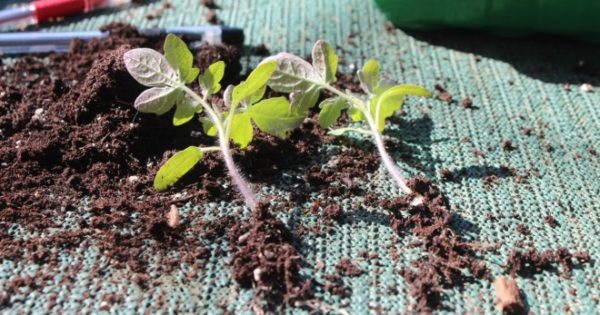
The most important rule is caution. Some preventative measures will help the sprout transfer this stress more easily. The soil must be moist, as well as prepared for transplanting. All pests must be exterminated. Be sure to cut off dead or rotten roots with sharp clean scissors.
There are 2 main ways: transshipment and transplanting seedlings. Using the first method, prepare a pit in well-fertilized soil. The size of the hole is wider than the pot for seedlings, and the depth depends on the height of the seedlings. Put your hand on the soil so that the seedling stalk gets between your fingers, squeeze the bottom of the pot with your other hand so that the soil moves away from the inside wall of the pot. Squeezing, rotate the pot until the roots along with the earth are separated from the tank. When using a pot with sufficient drainage everything should turn out as one "lump". Separate the roots slightly with your hands to make room for growth. Place the seedlings in the hole, filling it with soil. In conclusion, it is worth generously pouring.
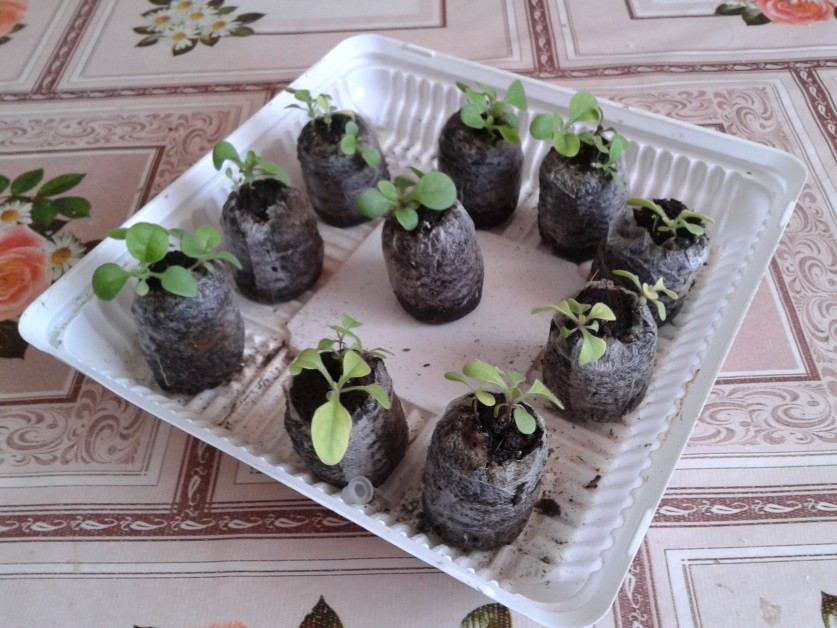 You may be interested in:
You may be interested in:According to the second method, if the seedlings are in a tray with many seedlings, then you should take a long thin object (spatula, spoon) and pry it off. Holding the seedlings by the leaf, the scapula is used as a lever to loosen and free the roots. Next, place the plant in a pre-prepared pot with a substrate.
You should fill the hole around the seedlings with soil without crushing it. Since this action will remove air pockets, which are crucial for the supply of water and oxygen to recently transplanted roots. A diluted starter with a high phosphorus content will help root development.
The negative sides of the pick
The damage from transplantation occurs most often due to damage to the roots that the plant receives in the process of picking. If the roots or stalk of the plant is damaged, it will lose nutrients and run into shock. Seedlings are in a critical period of growth, so it should be given special attention.
The disadvantages of picking include:
- transplant stress as seedlings adapt to a new environment;
- leaf burn caused by a decrease in the size of the root system;
- withering of the tops, curling leaves from evaporation of moisture;
- sometimes a recently transplanted sprout is attacked by pests and insects, which it is difficult to deal with due to stress.
Incorrect picking can lead to negative consequences, up to the death of the seedling.By performing preventive measures, the consequences of a transplant can be minimized.
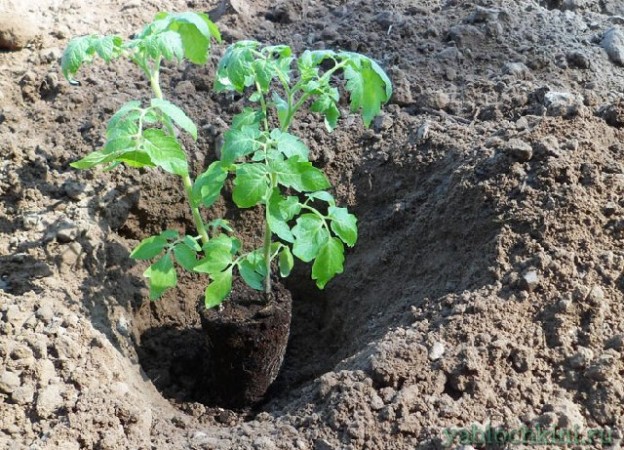 You may be interested in:
You may be interested in:Seedlings of which plants do not require picking
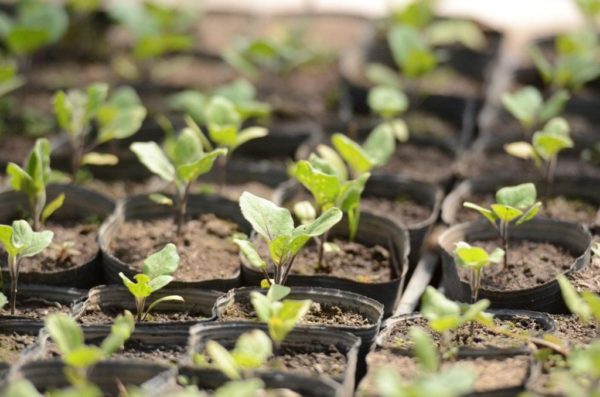
Seeds of vegetables of the pumpkin family are planted in separate containers, and after the appearance of 3 leaves, planted. Also, plants with stem roots (eggplant, peppers), it is recommended to transplant them only by transshipment at an early stage of development.
Different species and varieties respond differently to transplants. The main task is to prevent shock during transplantation - stress or damage received in the process. Plants grown under protected conditions usually need a period of acclimatization. The growth stage at which the transplant occurs, seasonal conditions and treatment are important factors that should not be forgotten.

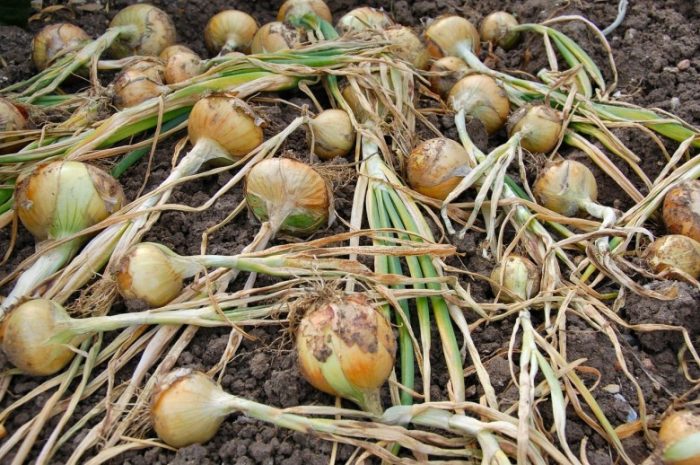
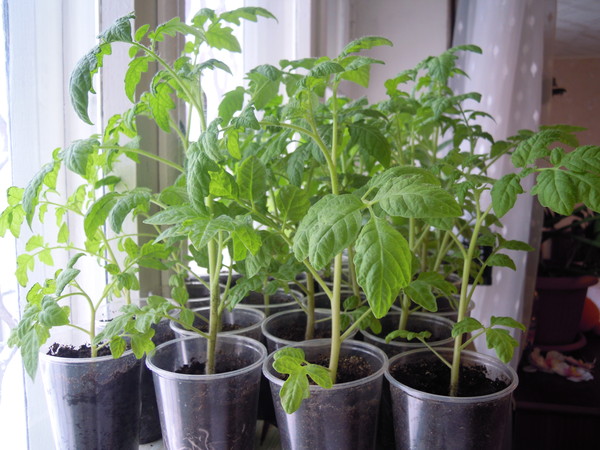
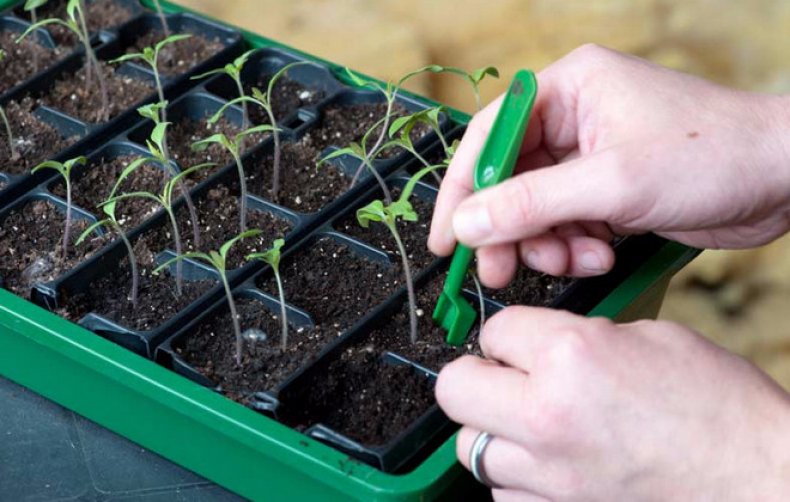
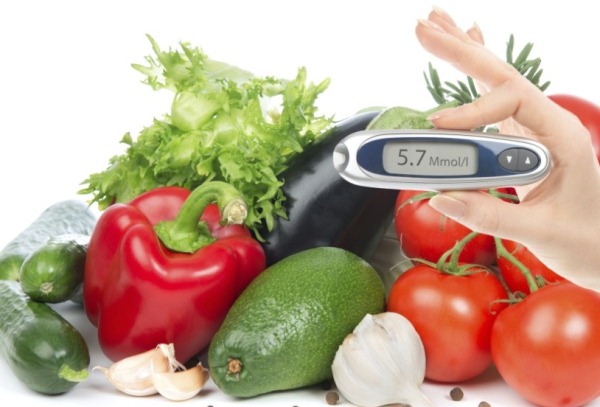 What plants in the garden lower blood sugar?
What plants in the garden lower blood sugar?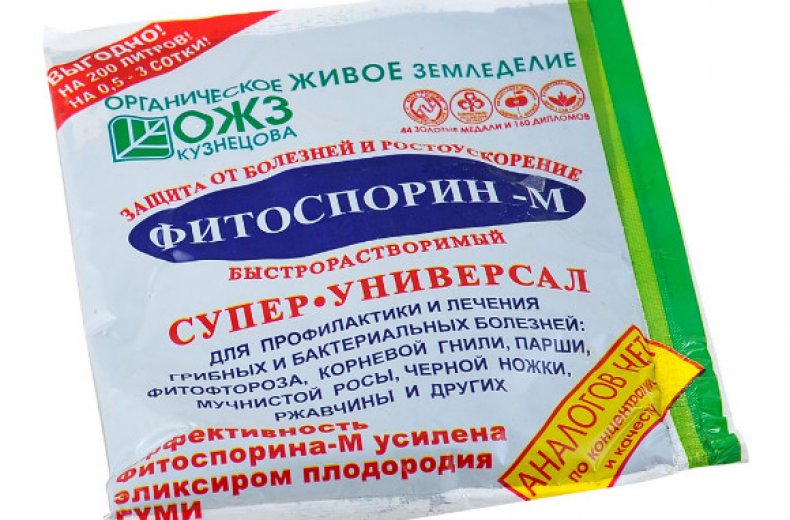 Fitosporin-M - instructions for use
Fitosporin-M - instructions for use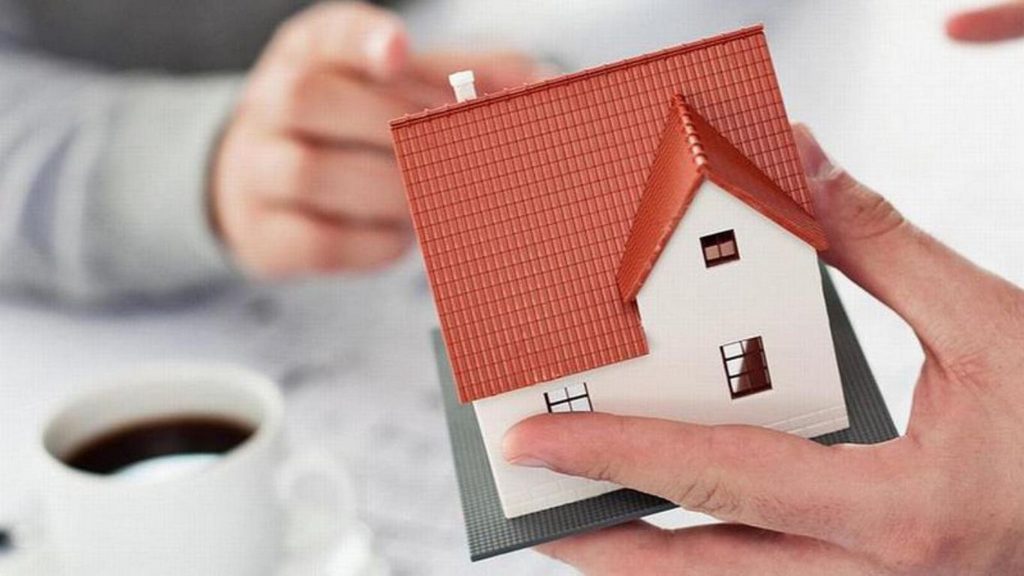 Changes from March 1, 2019 when registering a house on a summer cottage
Changes from March 1, 2019 when registering a house on a summer cottage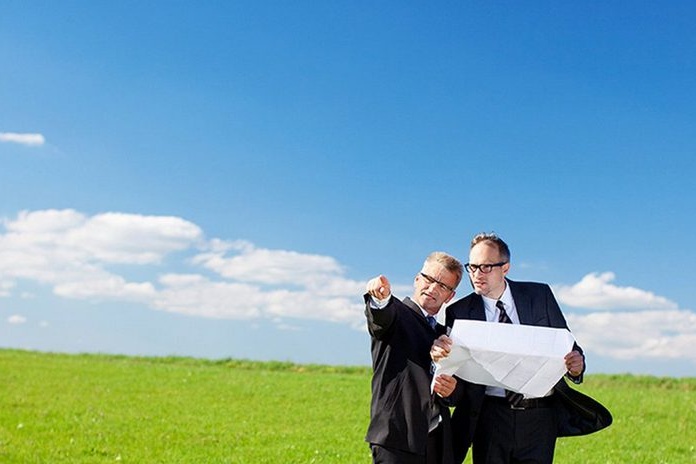 How to get land for building a house or a garden for free?
How to get land for building a house or a garden for free?